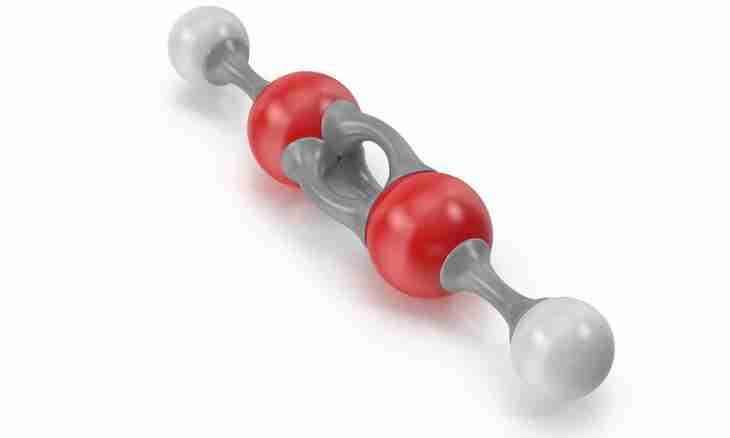Acetylene belongs to unsaturated hydrocarbons. Its chemical properties are defined by threefold communication. It is capable to react oxidations, replacements, accessions and polymerizations. Ethane is saturated hydrocarbon for which the natures of reaction of replacement on radical type, dehydrogenations and oxidations. At a temperature about 600 degrees Celsius it decays on hydrogen and eten.
It is required to you
- - chemical equipment;
- - catalysts;
- - bromic water.
Instruction
1. Acetylene, ethylene and ethane - in usual conditions colourless combustible gases. Therefore at first study safety measures during the work with volatiles. Do not forget to repeat the structure of molecules and chemical properties of alkynes (unsaturated hydrocarbons), alkenes and alkanes. Look, than they are similar and what differ with. For receiving ethane you will need acetylene and hydrogen.
2. To produce acetylene in vitro, carry out CaC2 calcium carbide decomposition. You can take it to ready or receive by agglomeration of not extinguished lime with coke: SaO +3C=CaC2+CO - process proceeds at a temperature of 2500 °C, SaS2+2N2O=S2N2+Sa (IT) 2. Carry out high-quality reaction to acetylene - decolouration of bromic water or solution of permanganate of potassium.
3. You will be able to receive hydrogen in several ways: - interaction of metals with acid: Zn+2 HCl=ZnCl2+ H2 ↑-in time reaction of alkali with metals which hydroxides have amphoteric properties: Zn+2 NaOH +2 H2O =Na2 [Zn (ON) 4] + H2 ↑-electrolysis of water for which increase in conductivity add alkali. At the same time on the cathode hydrogen, and on the anode – oxygen is formed: 2 H2O=2 H2+O2.
4. For receiving from acetylene of ethane it is necessary to carry out hydrogen accession reaction (hydrogenation), considering at the same time properties of chemical bonds: at first from acetylene ethylene turns out, and then at further hydrogenation – ethane. For evident expression of processes work out and write down the equations of reactions: S2N2+N2=S2N4S2N4+N2=S2N6Reaktsiya hydrogenations proceeds at the room temperature in the presence of catalysts – small shattered palladium, platinum or nickel.
